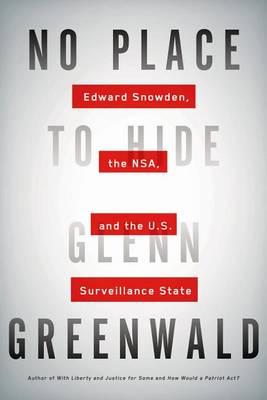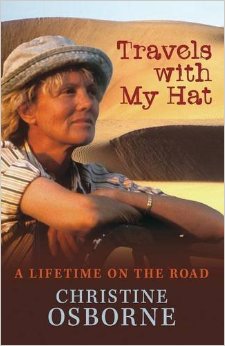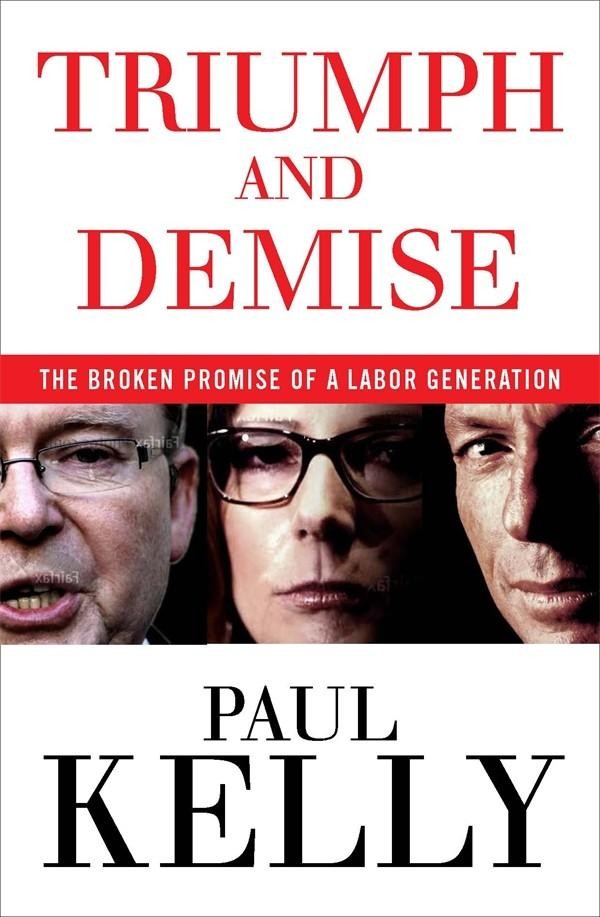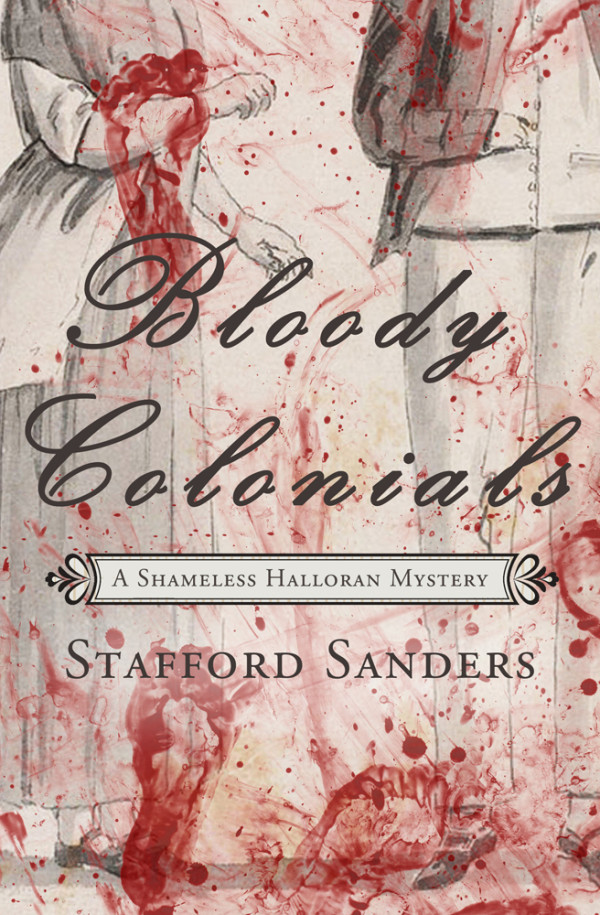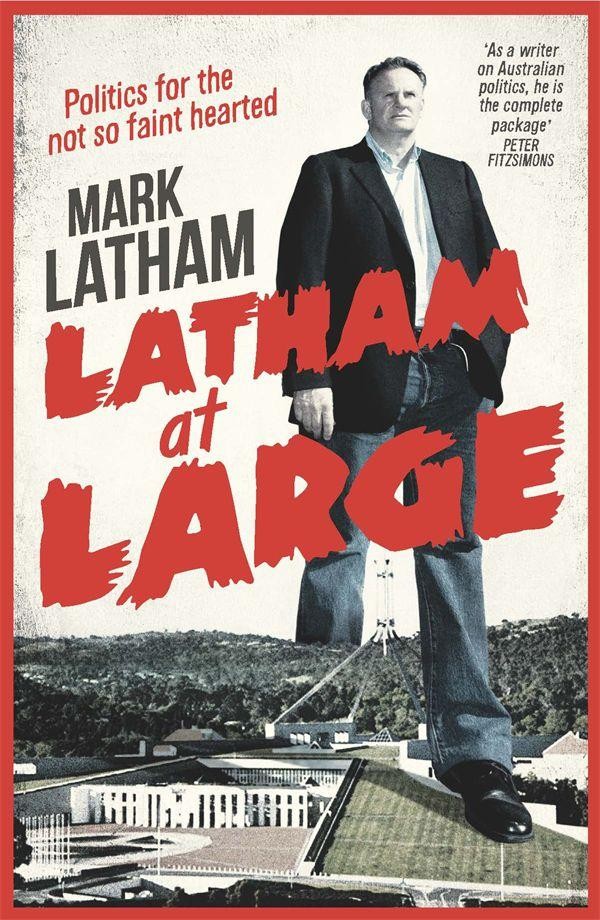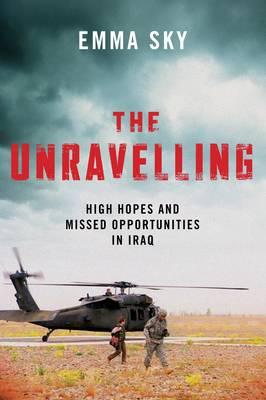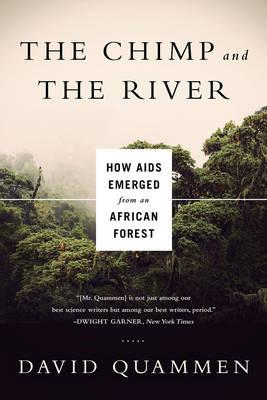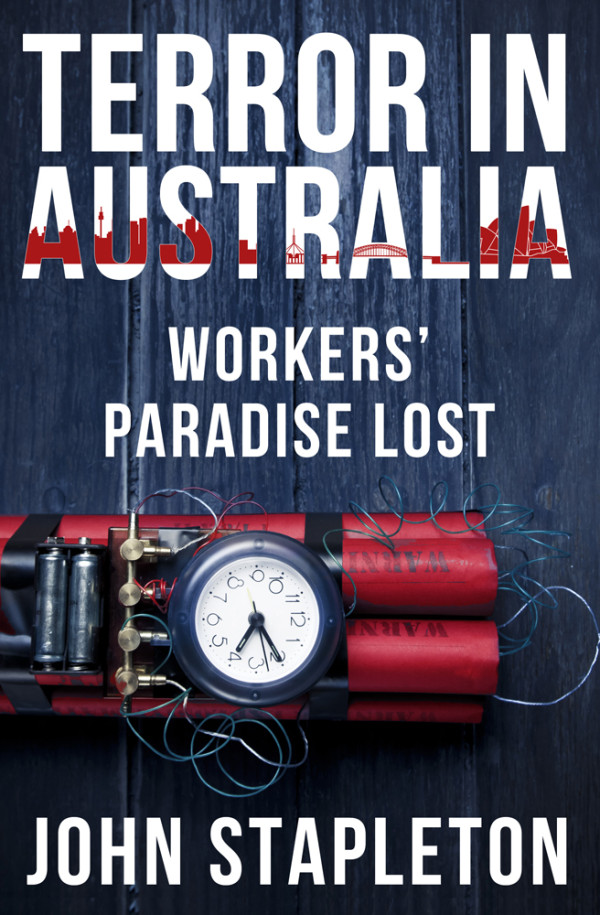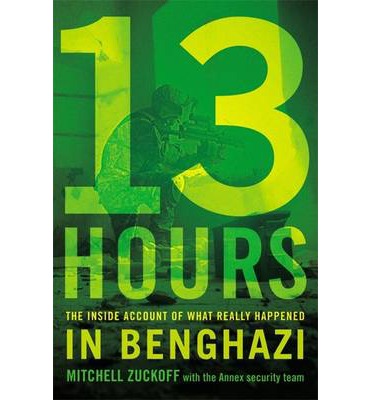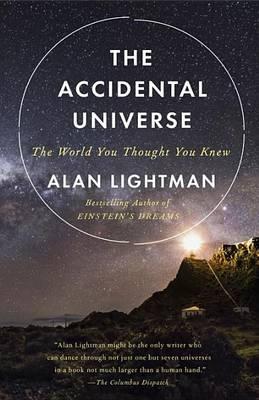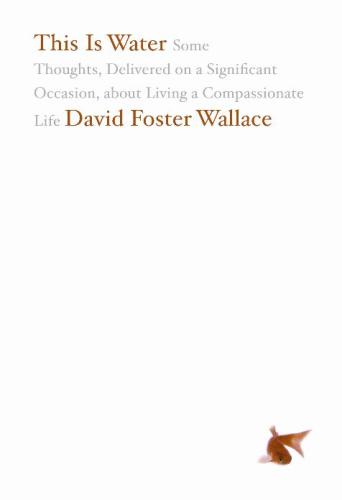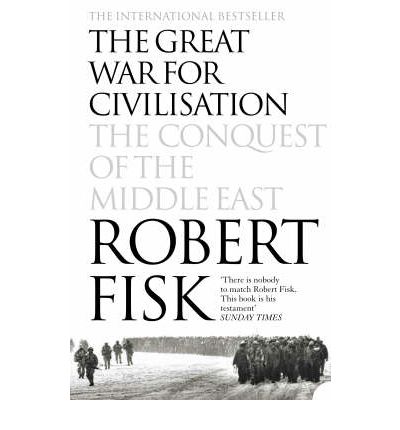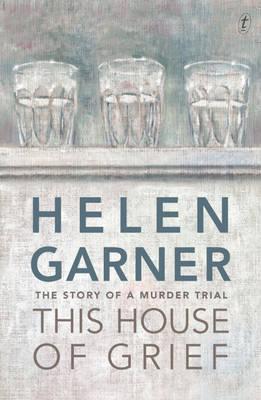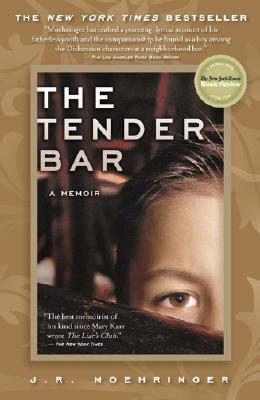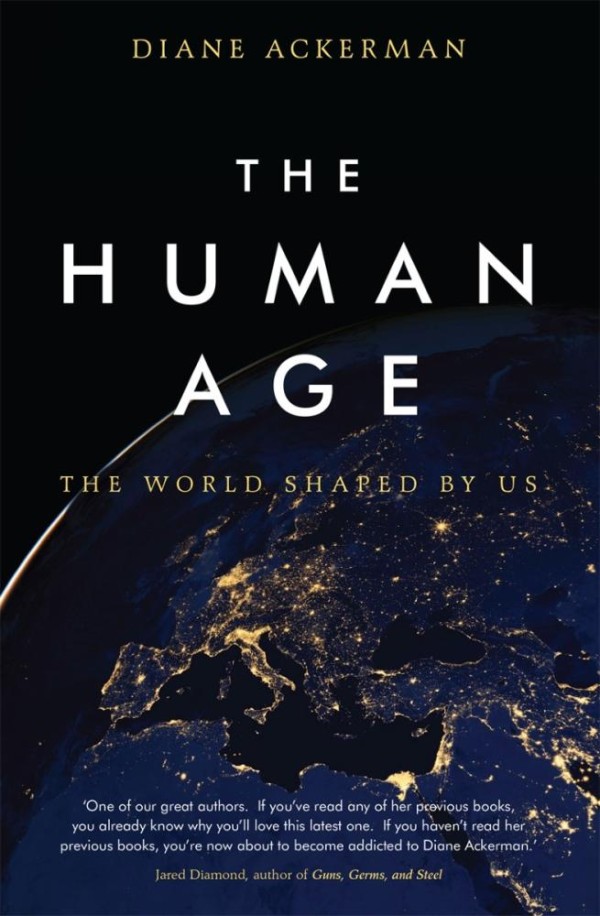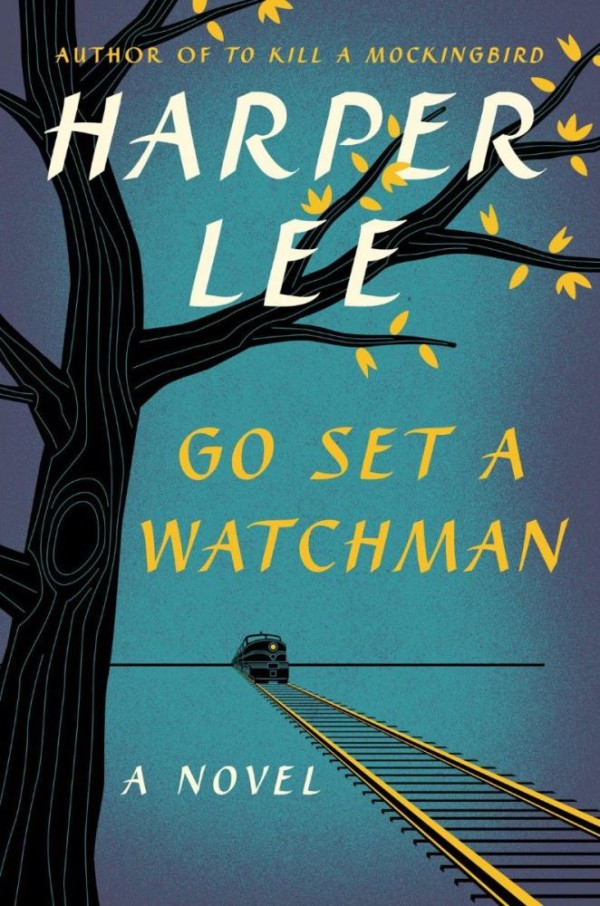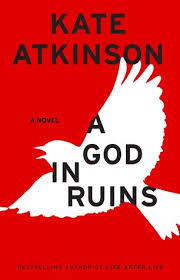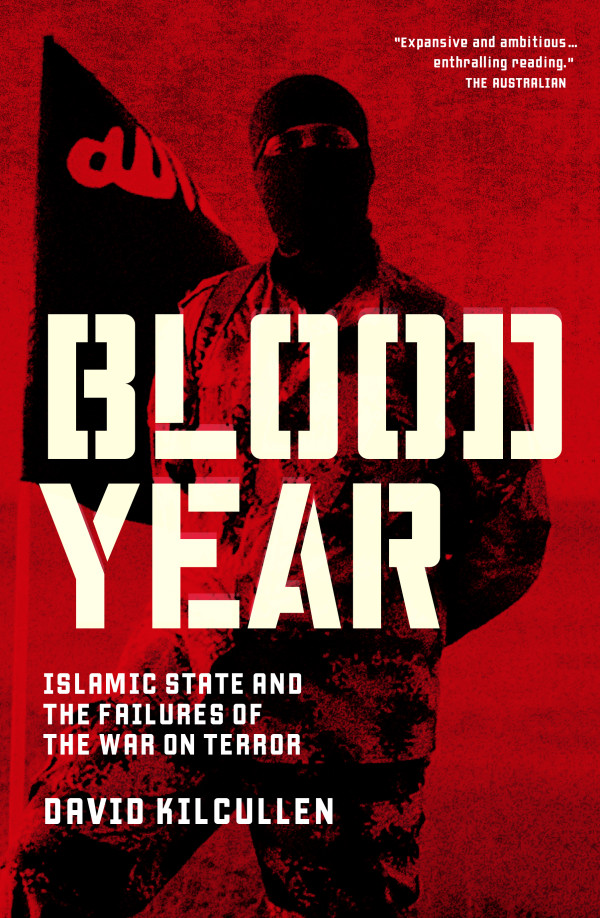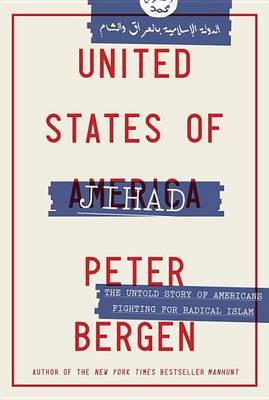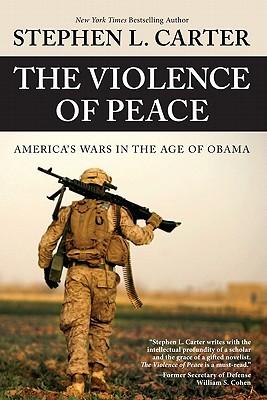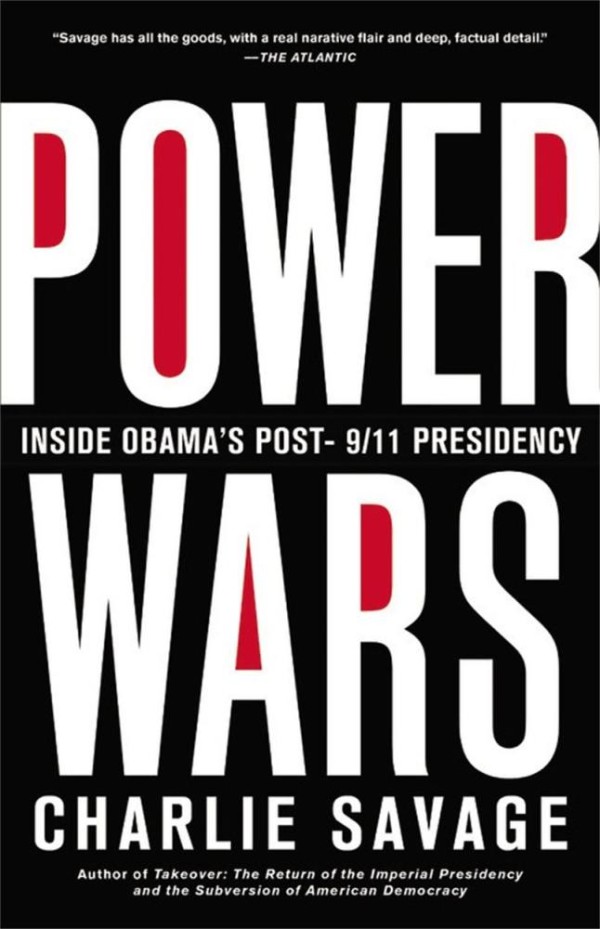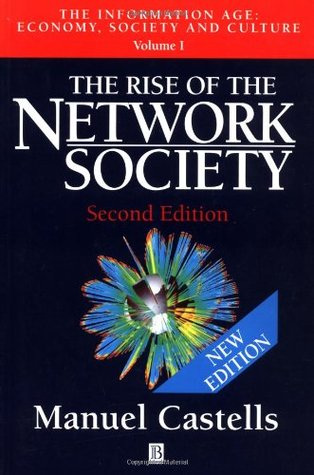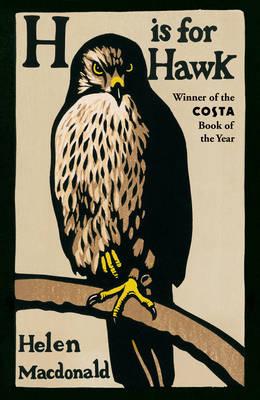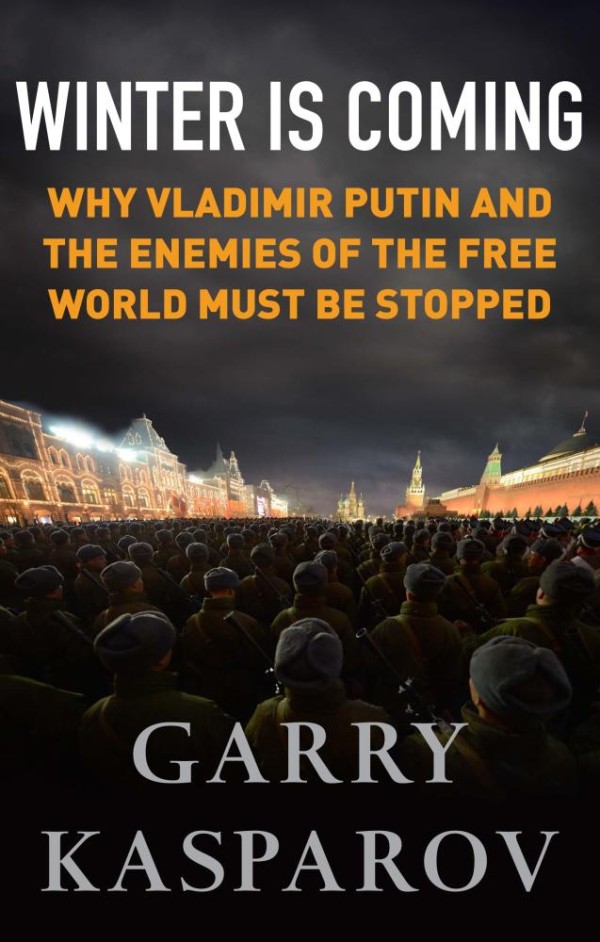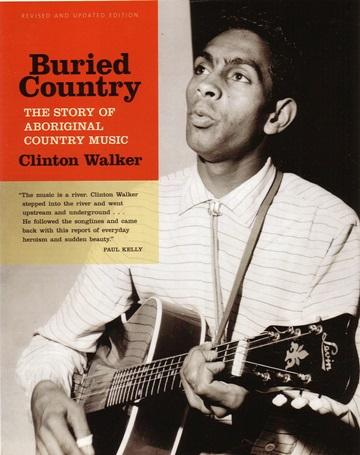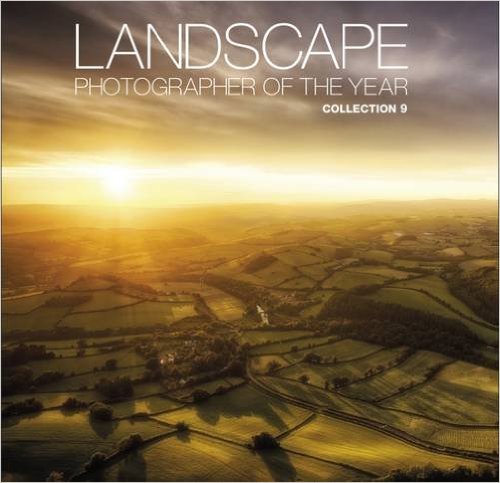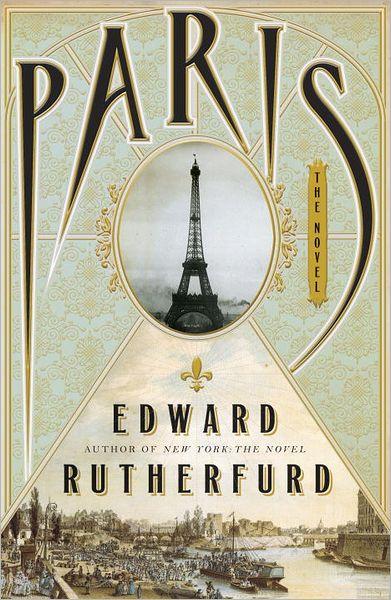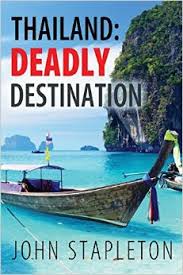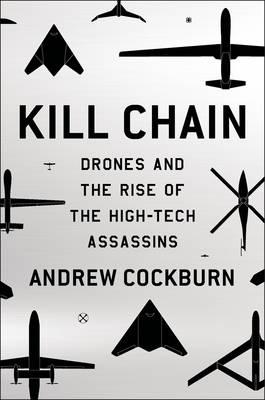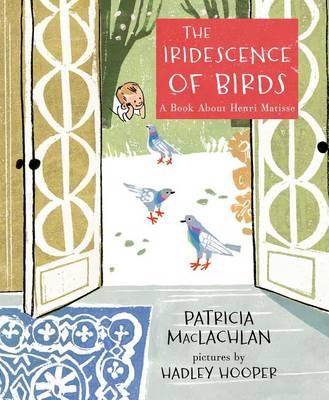Tag A Sense of Place Publishing
In May 2013, Glenn Greenwald set out for Hong Kong to meet an anonymous source who claimed to have astonishing evidence of pervasive government spying and insisted on communicating only through heavily encrypted channels. That source turned out to be the 29-year-old NSA contractor Edward Snowden, and his revelations about the agency’s widespread, systemic overreach proved to be some of the most explosive and consequential news in recent history, triggering a fierce debate over national security and information privacy. As the arguments rage on and the government considers various proposals for reform, it is clear that we have yet to see the full impact of Snowden’s disclosures. Recently, via video link from Moscow, Edward Snowden joined MIT professor Noam Chomsky and The Intercept’s Glenn Greenwald for a discussion on privacy rights hosted by the University of Arizona College of Social and Behavioral Sciences. The panel was moderated by Nuala O’Connor, the president of the Center for Democracy and Technology. Highly recommended, click below to watch the discussion.
Travels with My Hat: A Lifetime on the Road tells how an Australian nurse become an award-winning international travel writer and photographer. A Sense of Place Publishing is proud to have helped bring this wonderful book to a broader audience.
Australia is in the grip of an election campaign, with an increasingly disengaged and disillusioned population calling down a curse on both their houses. Drawing on more than sixty on-the-record interviews with all the major players, Triumph and Demise: The Broken Promise of a Labor Generation Paul Kelly writes with a keen eye and fearless determination. His central theme is that Australian politics has entered a crisis of the system that, unless corrected, will diminish the lives of all Australians, that in many senses politics and the machinery of government no longer serve the people. “The business of politics is too decoupled from the interests of Australia and its citizens,” Kelly writes. “This decoupling constitutes the Australian crisis.” Triumph and Demise is the inside account of the hopes, achievements and bitter failures of the Labor Government from 2007 to 2013. Nobody knows all the major players in Australian politics in the same way author Paul Kelly does.
Read More…
A Sense of Place Publishing brings you a quirky new Australian detective novel, Bloody Colonials by Stafford Sanders. The book pits a canny convict sleuth against the ruthless empire-builders of an early penal settlement – with exciting and amusing results. Set among the high cliffs and rugged bushland of the Australian coast, Bloody Colonials unleashes detective Seamus “Shameless” Halloran into a brave new world of mystery and intrigue, action, romance, dark humour, poignancy, irony – and barbed satire on power, pretension and the seeds of modern Australia.
Mark Latham is one of the greatest Prime Ministers Australia never had; unpredictable, brilliant, personable, closer to the electorate and the common aspirations of the Australian people than almost any prominent politician before or since. He was roundly defeated by conservative Prime Minister John Howard in 2004, and left politics the following year, crushed both by the internal complexities, hypocrisies and multiple incompetencies of the Labor Party; and by his own sometimes difficult personality. Latham at Large is an entertaining, thought-provoking, sometimes scathing, often humorous collection from a man who is not afraid to speak his mind. There is no one else like Mark Latham in Australian public life.
The Unravelling: High Hopes and Missed Opportunities is a rivetting firsthand account of a young British civilian woman, Emma Sky, who volunteered to go to Iraq immediately after the invasion in 2003, and within weeks found herself in the role of Governor of Kirkuk – the most dangerous place on Earth. As a Brit, a woman and a liberal, Emma Sky’s presence and position in Iraq following the invasion in 2003 is the stuff of fiction. Shortly after the coalition troops went in, Sky, an Arabist, volunteered to go to assist the Coalition Provisional Authority in the occupation. Alone, she made her way to Baghdad, was told they had enough people, so travelled north, to Kirkuk. Within days she became the most senior civilian there, Kirkuk’s lady governor.
The Chimp and the River: How AIDS Emerged from an African Rainforest, by admired science journalist David Quammen, tells the real story how AIDS originated with a virus in a chimpanzee, jumped to one human, and then infected more than 60 million people in one of history’s most devastating pandemics. Described as a frightening and fascinating masterpiece, The Chimp and the River illustrates how the origin of AIDS is very different from what most of us think we know.
By May of 2015 the security situation in Australia had deteriorated to an alarming extent. The authorities were scared witless another terror attack was imminent. For more than 12 months they had been putting out spot fires across the country, in Sydney, Melbourne and Brisbane, along with other regional and state centres. The increasing radicalisation of the Muslim minority, fanned by the rise of the single most powerful religious movement in modern times, the Islamic State, posed a major threat to the safety of Australian citizens. And as any firefighter could tell you, there were only so many spot fires you could put out before the forest ignited. The dreadful security situation in Australia had been fanned by a lunatic decision by the government to once again join America, the Great Satan as the Islamic community regarded them, in invading Muslim lands aka Iraq. There was no reason to do so; no treaty obligation, no security situation which could justify the invasion of sovereign lands. The Muslim minority was incensed by the inhumane killing of mujaheddin by high-tech drones launched from Australian fighter jets. They were incensed by the Australian governments labeling of some of their members as un-Australian, when in many ways, their regular attendance at mosque, their faithfulness to their wives, the good care they took of their children, the fact they did not smoke, drink or take drugs and had strong ties with their communities, all marked them as far better citizens than many members of the decrepit society they saw around them. The mishandling of the situation by the Prime Minister Tony Abbott, who repeatedly ignored expert advice on how to deal with a religious minority with which he clearly had no affinity or understanding, had ramped the terror threat through the roof. The entire devolving security situation was set against a rapid collapse in Australian society, which had seen a once proud, optimistic, larrikin country become impoverished, dispirited, and broken, the streets of Sydney, its major city, more like walking through a Mad Max movie than a major city, the only difference being the black birds were replaced by squawking seagulls from the nearby beaches; just as eery, just as apocryphal in their mournful cries.
13 Hours: The Secret Soldiers of Benghazi (also known simply as 13 Hours) is a 2016 American biographical war film directed and co-produced by Michael Bay and written by Chuck Hogan, based on Mitchell Zuckoff’s 2014 book 13 Hours. The film follows six members of a security team who fight to defend the American diplomatic compound in Benghazi, Libya after waves of terrorist attacks on September 11, 2012. 13 Hours in Benghazi sets the record straight on what happened during a night that has been shrouded in mystery and controversy. Written by New York Times bestselling author Mitchell Zuckoff, this riveting book takes readers into the action-packed story of heroes who laid their lives on the line for one another, for their countrymen, and for their country. You will also see, as some commentators have suggested, how bad the current administration really handles our foreign affairs and how inept they can be and how the foreign countries. Ever since the Benghazi attack that left four Americans dead questions have continued to arise over the role of then-Secretary of State Hillary Clinton in the attack.Ever since the September 11, 2012, attack of a United States outpost in Benghazi, Libya, that left four Americans killed, questions have continued to arise over the role of then-Secretary of State Hillary Clinton.
Questions like why our world exists and what nothing is have occupied minds great and ordinary since the dawn of humanity, and yet for all our scientific progress, they continue to do so, yielding only hypotheses rather than concrete answers. But there is something immutably heartening in the difference between the primitive hypotheses of myth, folklore and religion, which handed off such mysteries to various deities and the occasional white-bearded man, and the increasingly educated guesses of modern science. In the title essay of his excellent The Accidental Universe: The World You Thought You Knew which also gives us beautiful meditations on science and spirituality, Alan Lightman points to fine-tuning — the notion that the basic forces propelling our universe appear to be fine-tuned in such a way as to make the existence of life possible — as a centerpiece of how modern scientists have attempted to answer these age-old questions.
Only once did David Foster Wallace give a public talk on his views on life, during a commencement address given in 2005 at the elite liberal arts Kenyon College, the oldest private educational institution in Ohio, America, known for its rural setting and Gothic architecture. Demonstrating that wisdom can come from everywhere, is the sole possession of no individual, no single faith, no single creed, no single god, the schools motto is derived from the religious order of The Daughters of the King, associated with the Episcopal Church but now drawing members from across denominations: Mangnaminem Sustine Cruciter, meaning “With heart, mind and spirit uphold and bear the cross.” At the base of the cross are the letters “FHS”, meaning: “For His Sake”. To many Christ, in 2015, appeared to have departed the Earth scene as a tidal wave of Islamic fundamentalism swept the world. Three years later David Wallace was to commit suicide, becoming a cultural symbol for tortured genius. His address, published in the slim volume This Is Water, captures Wallace’s electric intellect as well as his grace in attention to others. After his death, it became a treasured piece of writing reprinted in The Wall Street Journal and the London Times, commented on endlessly in blogs, and emailed from friend to friend. Writing with his one-of-a-kind blend of causal humor, exacting intellect, and practical philosophy, David Foster Wallace probes the challenges of daily living and offers advice that renews its devotees with every reading. How does one keep from going through their comfortable, prosperous adult life unconsciously? How do we get ourselves out of the foreground of our thoughts and achieve compassion?
A sweeping and dramatic history of the last half century of conflict in the Middle East from an award-winning journalist who has covered the region for over thirty years, The Great War for Civilisation unflinchingly chronicles the tragedy of the region from the Algerian Civil War to the Iranian Revolution; from the American hostage crisis in Beirut to the Iran-Iraq War; from the 1991 Gulf War to the American invasion of Iraq in 2003. A book of searing drama as well as lucid, incisive analysis, The Great War for Civilisation is a work of major importance for today’s world. The history of the Middle East is an epic story of tragedy, betrayal and world-shaking events. It is a story that Robert Fisk has been reporting for over thirty years. His masterful narrative spans the most volatile regions of the Middle East, chronicling with both rage and compassion the death by deceit of tens of thousands of Muslims, Christians and Jews. In a recent piece on the fall of Palmyra, Fisk asks: The biggest military defeat that Isis has suffered in more than two years — the recapture of Palmyra, the Roman city of the Empress Zenobia — and we are silent. Yes, folks, the bad guys won, didn’t they? Otherwise, we would all be celebrating, wouldn’t we? As the black masters of execution fled Palmyra this weekend, Messrs Obama and Cameron were as silent as the grave to which Isis has dispatched so many of their victims.
Buy Now
Leading Australian writer Helen Garner, who became instantly famous with the publication of her first novel in 1977, Monkey Grip, has made the Stella longlist for her book House of Grief. The book explores in compelling style one of the worst cases of patricide in Australian history.
Our relationship with nature has changed, radically, irreversibly, but by no means all for the bad. Our new epoch is laced with invention. Our mistakes are legion, but our talent is immeasurable. Diane Ackerman, best known for her book A Natural History of the Senses, is one of the most lyrical, insightful and compelling writers on the natural world, and The Human Age is a landmark book. Humans have subdued 75 per cent of the land surface, concocted a wizardry of industrial, medical and technological marvels, strung lights across the darkness. We now collect the DNA of vanishing species in a ‘frozen ark’, equip orang-utans with iPads, create wearable technologies and synthetic species that might soon outsmart us. But the world remains as overwhelmingly beautiful as it ever was. In a darkening age, it is writers such as Diane Ackerman who are civilisation’s greatest treasures.
The single biggest literary event of 2015 has been the discovery and publication of a sequel to of the most loved books of all time Harper Lee’s To Kill A Mockingbird. Go Set A Watchman is set 20 years after the events in the first book; but the book was actually written first. Her editor suggested the childhood scenes in Go Set A Watchman were powerful enough to make a book on their own, and thus was born a classic, with sales of Mockingbird in the millions. In an era crowded with shameless self promoters, author Harper Lee was infamous for her quiet, reclusive ways.
Read More…
The single most contentious segment of the forthcoming book Terror in Australia: Workers’ Paradise Lost by the veteran journalist John Stapleton is the section known as Soldiers of God. The name is a play on the fact that Jesuits are known as Soldiers of God. There is now a Jesuit Pope in Rome and Australia has a Jesuit trained Prime Minister, Tony Abbott. There has been down through the centuries considerable debate over whether Christians worship the same God as Muslims. While Jesus Christ is a revered prophet in Islam, Muhammad is not regarded as a prophet by the Christians. The diabolically complex situation in the Middle East, the wildly counterproductive interference of the West, the conflation of the Islam and Christianity, the religious beliefs of the world’s major leaders, they have all come together to create a circumstance without historical precedence. Here is Section Four: Soldiers of God in its entirety.
Kate Atkinson’s dazzling Life After Life, the bestselling adult book this year in the UK, explored the possibility of infinite chances, as Ursula Todd lived through the turbulent events of the last century again and again. In A God in Ruins, Atkinson turns her focus on Ursula’s beloved younger brother Teddy – would-be poet, RAF bomber pilot, husband and father – as he navigates the perils and progress of the 20th century. For all Teddy endures in battle, his greatest challenge will be to face living in a future he never expected to have. Kate Atkinson’s legions of fans have greeted this latest offering with rapturous applause.
Here is an extract from David Kilcullen’s Blood Year: The Failures of the War on Terror: As I write, Western countries (several, particularly the US, now with severely reduced international credibility) face a larger, more unified, capable, experienced and savage enemy, in a less stable, more fragmented region, with a far higher level of geopolitical competition, and a much more severe risk of great-power conflict, than at any time since 9/11. It isn’t just Islamic State; al-Qa’ida has emerged from its eclipse and is back in the game in Afghanistan, Pakistan, India, Syria, Somalia and Yemen. We’re dealing with not one but two global terrorist organisations, each with regional branches, plus a vastly larger radicalised population at home, and a flow of foreign terrorist fighters 10 to 12 times the size of anything seen before. Likewise, last year’s Taliban resurgence shows that as bad as things seem now, they can get much worse if the Afghan drawdown creates the same opportunity for Islamic State next year as the Iraqi drawdown did in 2012.
Since 9/11, some 300 Americans–born and raised in Minnesota, Alabama, New Jersey, and elsewhere–have been indicted or convicted of terrorism charges. Some have taken the fight abroad: Americans were among those who planned the attacks in Mumbai, and more recently a dozen US citizens have sought to join ISIS. Others have acted entirely on American soil. What motivates them, how are they trained, and what do we sacrifice in our aggressive efforts to track them? Paced like a detective story, United States of Jihad tells the entwined stories of the key actors on the American front. Among the perpetrators are Anwar al-Awlaki, the New Mexico-born radical cleric who became the first American citizen killed by a CIA drone and who mentored the Charlie Hebdo shooters; Samir Khan, whose Inspire webzine has rallied terrorists around the world, including the Tsarnaev brothers; and Omar Hammami, an Alabama native and hip hop fan who became a fixture in al Shabaab’s propaganda videos until fatally displeasing his superiors. Drawing on his extensive network of intelligence contacts, from the National Counterterrorism Center and the FBI to the NYPD, journalist and security expert Peter Bergen also offers an inside look at the sometimes controversial tactics of the agencies tracking potential terrorists–from infiltrating mosques to massive surveillance; as well as at the bias experienced by innocent observant Muslims at the hands of law enforcement and at the critics and defenders of US policies on terrorism.
“The man who many considered the peace candidate in the last election was transformed into a war president,” writes bestselling author and Yale Professor of Law Stephen Carter. The Violence of Peace is a snapshot of the early unfolding moral dilemmas of a President who, through his use of drones and other controversial tools of warfare, is leaving America with a blood stained legacy which will impact on the security of the nation for decades to come. The world is now a far less safe place in 2016 than it was in 2008. First released in 2011, The Violence of Peace is a book about “just war” theory, a concept first advanced in the earliest years of Christianity and now playing out as a 21st Century nightmare.
Terror in Australia: Workers’ Paradise Lost, by veteran journalist John Stapleton, is a sidewinding missile into the heart of Australian hypocrisy. It becomes available this week.The book is a beautifully written snapshot of a pivotal turning point in the history of the so-called Lucky Country. In 2015 there were well attended Reclaim
Australia demonstrations in every major capital city, all protesting what the demonstrators saw as the growing Islamisation of Australia, along with countering anti-racism demonstrations. There were frequent violent clashes, hundreds of police were forced to form lines separating the demonstrators in Sydney and Melbourne, there were a significant number of arrests and injuries, and dozens of people were treated for the effects of capsicum spray. The terror alert was at its highest level in history, the country was engaged in an unpopular and discredited war in Iraq and Syria, and relations between the government and an increasingly radicalised Muslim minority had broken down.
Barack Obama promised change from George W. Bush’s global war on terrorism. But the Obama administration used drones to kill suspected militants and vacuumed data on Americans’ phone calls. Obama criticized Bush’s unilateralism and secrecy, but launched wars without going to Congress and presided over an unprecedented crackdown on leaks. As the New York Times New York Times book reviewer Gideon Rose wrote of Power Wars: Inside the Post 9/11 Obama Presidency by Pulitzer Prize winning journalist Charlie Savage explores how and why Obama and his legal team, an elite, liberal group who vowed to restore the rule of law, end up accused of entrenching the sweeping powers of the post-9/11 security state. If legitimate, the accusation stands to change the legacy of Obama’s entire presidency.
Signs and portents are everywhere, disturbance everywhere. With post-apocalyptic imagery now entrenched in popular culture, and all the major faiths prophesying that mankind has reached “The End of Days”, fantastical theories abound on the origins of the internet; that it was an advanced technology gifted across time and space in order to save an emerging race known as humans from an impending apocalypse by allowing the cleverest minds on the planet to aggregate. Whatever the pure truth, perhaps only the Gods will ever know. But there is no doubt the Rise of Islamic State has been paralleled by the Rise of the Network Society. The single most brilliant philosopher and anthropologist in the field has been Spanish sociologist Manuel Castells. His book The Rise of the Network Society was the first in a string of books documenting the economic and social dynamics of the information age.
Perhaps the single most successful book of 2015, “a soaring triumph” as the critics have described it, H is for Hawke is an absolute must read. Every now and then something breaks through the zeitgeist. Author Helen MacDonald wrote in one of the opening riffs: “Forty-five minutes north-east of Cambridge is a landscape I’ve come to love very much indeed. It’s where wet fen gives way to parched sand. It’s a land of twisted pine trees, burnt-out cars, shotgun-peppered road signs and US Air Force bases. There are ghosts here: houses crumble inside numbered blocks of pine forestry. There are spaces built for air-delivered nukes inside grassy tumuli behind 12ft fences, tattoo parlours and US Air Force golf courses. In spring it’s a riot of noise: constant plane traffic, gas-guns over pea fields, woodlarks and jet engines. It’s called the Brecklands – the broken lands – and it’s where I ended up that morning, seven years ago, in early spring, on a trip I hadn’t planned at all. At five in the morning I’d been staring, sleepless, at a square of streetlight on the ceiling. Nnngh. Must get out, I thought, throwing back the covers. Out! I pulled on jeans, boots and a jumper, scalded my mouth with burnt coffee, and it was only when my frozen, ancient Volkswagen and I were halfway down the A14 that I worked out where I was going, and why. Out there, beyond the foggy windscreen and white lines, was the forest. The broken forest. That’s where I was headed. To see goshawks.”
Garry Kasparov spent twenty years as one of the world’s most luminously intelligent chess players. In 2005, he retired from professional chess to lead the pro-democracy opposition against Vladimir Putin, and ran for the presidency of Russia in 2008. In 2012, he was named Chairman of the Human Rights Foundation, succeeding Vaclav Havel. He has been a contributing editor to the Wall Street Journal since 1991, and his 2007 book, How Life Imitates Chess has been published in twenty-six languages. He lives in self- imposed exile in New York with his wife, Dasha. In this bold and important book, Garry Kasparov argues that Vladimir Putin’s dangerous global ambitions have been ignored for too long – and he won’t be stopped unless the West stands up to him. Garry Kasparov has been a vocal critic of Putin for over a decade, even leading the pro-democracy opposition in the 2008 Presidential election. Yet years of seeing his Cassandra-like prophecies about Putin’s intentions fulfilled have left Kasparov with the realization of a darker truth: Putin’s Russia, like ISIS or Al Qaeda, defines itself in opposition to the free countries of the world.
When it was first published 15 years ago, Buried Country: The story of Aboriginal country music represented a major addition to the chronicles of Australian music. Now it has been revised and updated. Its author Clinton Walker is one of Australia’s most admired chroniclers of its popular culture, with groundbreaking books on the country’s musical and social history. They include Highway to Hell: The Life and Death of AC/DC Legend Bon Scott; Stranded: The Secret History of Australian Independent Music, 1977-1992; and Golden Miles: Sex, Speed and the Australian Muscle Car. Though Buried Country is a warm tribute to unheralded voices, as with any study that addresses Aboriginal culture in the twentieth century, there is a thread of deep sadness running through this tome. Walker tells some confronting, disturbing tales, including that of Herb Laughton, who was stolen when he was two years old and spent much of his early life trying to find his mother, leaving him with emotional scars that led to him to attempting suicide in the eighties. His music endured. Alcoholism, violence, mental illness and incarceration are all themes in the lives of Dougie Young, Vic Simms, Bobby McLeod and Roger Knox. The best of the genre’s songs, too, are infected with tragedy, none more moving than Bob Randall’s ‘Brown Skin Baby’ with its haunting wail and elegiac lyrics for the stolen generation.
Now in its ninth year, the Landscape Photographer of the Year Award was devised by Charlie Waite, one of Britain’s foremost landscape photographers and created in association with AA Publishing. Landscape Photographer of the Year: Collection 9, to be released in October of 2015, features all of the winning and commended images from each of the competition categories. Pre-orders are available now. Artists have always strived to capture the unique beauty and diversity of the British landscape, in the 21st century, this small island continues to provide photographers with an astonishing source of inspiration. From classic shots of the verdant countryside of England, Wales and the rugged Scottish Highlands to the iconic structures of Britain’s industrial and urban landscapes, this magnificent collection, showcasing both the very best of Britain and the very best photographic talent, cannot fail to please.
According to some analysts only one percent of all terrorist attacks occur in the West. But the November, 2015 attacks in Paris have galvanised the world. Paris is known as The City of Light, as the most beautiful city in the world, the epitome of all that the Western civlisation has been able to produce. Author Edward Rutherfurd, the grand master of the historical novel, has produced a dazzling epic about this magnificent city. Described as “grand and engrossing”, Paris: The Novel moves back and forth in time, the story unfolding through intimate tales of self-discovery, divided loyalty, and long-kept secrets. As various characters come of age, seek their fortunes, and fall in and out of love, the novel follows nobles who claim descent from the hero of the celebrated poem The Song of Roland; a humble family that embodies the ideals of the French Revolution; a pair of brothers from the slums behind Montmartre, one of whom works on the Eiffel Tower as the other joins the underworld near the Moulin Rouge; and merchants who lose everything during the reign of Louis XV, rise again in the age of Napoleon, and help establish Paris as the great center of art and culture that it is today. The sights, scents, and tastes of the City of Light are brought to brilliant life.
Thailand: Deadly Destination, by veteran journalist John Stapleton, exposes one of the worst scandals in the annals of modern tourism, the high number of deaths, assaults and mishaps befalling tourists in the so-called Land of Smiles.
Kill Chain: Drones and the Rise of High-Tech Assassins explores a subject of deep and enduring fascination, assassination by drones. It is a page-turning narrative on the history of drone warfare by the acclaimed author of Rumsfeld, exploring how this practice emerged, who made it happen, and the real consequences of targeted killing
If you were a boy named Henri Matisse who lived in a dreary town in northern France, what would your life be like? Would it be full of color and art? Full of lines and dancing figures? Find out in the beautiful, unusual picture book Iridescence of Birds. This work, designed to be appreciated by children and adults alike, is about how Henri Matisse became one of the world’s most famous and influential artists. It is written by acclaimed author and Newbery Medal-winning Patricia MacLachlan and innovative illustrator Hadley Hooper.
